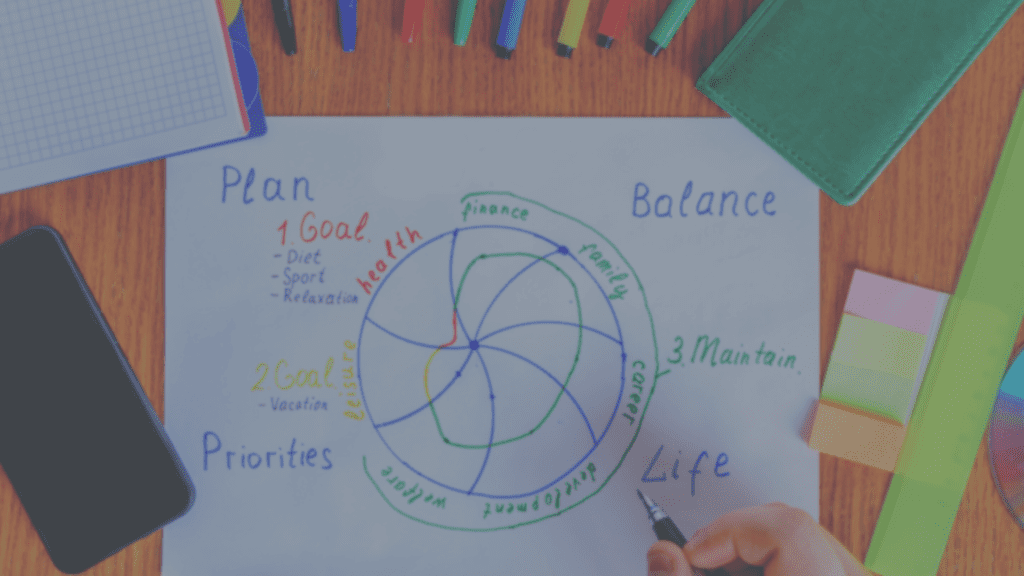Flexibility in Action, Moving Between Tasks with Ease
Cognitive Shifting


What is Cognitive Shifting?
Cognitive shifting is the ability to change focus, thinking, or actions to accomplish a task. Shifting occurs in three key areas—attention, processing, and action—allowing for adaptability in an ever-changing environment.
While cognitive flexibility refers to the ability to consider new ideas and perspectives, cognitive shifting is the action component—actively transitioning from one thought, task, or behavior to another. This skill is critical for effective multitasking, problem-solving, and adjusting to new situations without getting stuck.
Many individuals struggle with shifting, not because they lack intelligence or effort, but because their brains naturally prefer consistency and deep focus, making transitions difficult. Cognitive shifting helps bridge the gap between focus and adaptability—allowing for smoother transitions in work, learning, and daily responsibilities.
Switching Gears with Purpose
Understanding Cognitive Shifting
Shifting isn’t just about jumping from task to task—it’s about knowing when and how to switch focus effectively. These components work together to increase adaptability, ensuring individuals can manage transitions effectively, avoid getting stuck, and shift focus when necessary. Cognitive shifting involves:
Attention Shifting
Changing what you are focusing on.
Processing Shifting
Modifying how you think about what you are focusing on.
Action Shifting
Altering what you are doing in response to changing thoughts or situations.
Identifying Struggles
Recognizing Cognitive Shifting Challenges
Recognizing challenges with cognitive shifting is the first step toward developing strategies to reduce friction and increase adaptability. Difficulties with shifting can manifest in various ways, including:
Getting Stuck on Tasks That Aren’t Working
Struggling to shift away from an ineffective approach.
Difficulty Changing Tasks
Feeling mentally locked into one activity, making transitions stressful.
Not Knowing How to Stop Doing Something
Struggling to disengage, even when other tasks are waiting.
Perpetual Lateness Due to Getting Engrossed in One Task
Losing track of time while hyper-focused.
Ignoring Alerts or Alarms
Setting reminders but struggling to follow them when deeply engaged in another task.
Getting Lost in Technology
Losing hours scrolling or engaging in non-essential activities without realizing it.
Struggling to Adjust Strategies Quickly
Having difficulty switching approaches when something isn’t working.
Adjusting As Necessary
Strategies to Help With Cognitive Shifting
Building better shifting skills starts with recognizing where transitions break down and developing systems to increase flexibility without losing focus. Here are some strategies to enhance cognitive shifting:
Define Task Completion
Clearly outline what it means to finish or pause a task, so you know when to move on.
Limit Task Shifting
Avoid unnecessary transitions by grouping similar tasks together.
Create Clear Boundaries
Establish distinct beginnings and endings for tasks to avoid overlap.
Progress Monitoring
Regularly check your progress to ensure you’re moving forward rather than getting stuck.
Preview Transitions
Prepare for shifts in advance by mentally rehearsing the next steps.
Use External Cues
Set alarms, timers, or visual reminders to prompt transitions.
Unlocking Your Potential Through Coaching
How Coaching Supports Cognitive Shifting
Coaching provides structured support and strategy development for individuals struggling with shifting. Many people experience cognitive rigidity, not because they lack intelligence, but because their brains naturally prefer predictability and routine. Coaching helps break down barriers by providing:
Increased Self-Awareness
Helping you become more conscious of your shifting habits and their impact on productivity.
Strategy Development
Assisting in the creation of personalized shifting strategies that leverage your strengths.
Regular Feedback
Providing feedback to refine and improve your shifting techniques.
Accountability & Follow-Through
Keeping you accountable for managing task transitions effectively to avoid falling back into bad habits.
Set Your Path
Move Forward, Shift with Confidence
Do you find yourself getting stuck in tasks, struggling to move on, or losing time in deep focus? Cognitive shifting challenges can make transitions stressful and unpredictable, but you don’t have to navigate this alone. Coaching provides the tools and strategies needed to increase adaptability, improve transitions, and ensure that shifting between tasks doesn’t derail your progress. Get in touch today to start building strategies for smoother transitions and greater success.
Discover Essential Cognitive Skills
Learn More About Other Executive Functions
Working Memory
Holding and Using Information Effectively Working Memory What is Working Memory? Working memory is a fundamental cognitive skill that allows...
Goal Setting
Elevate Your Performance Goal Setting What is Goal Setting? Goal setting is a crucial cognitive process that allows individuals to...
Inhibitory Controls
Filtering Focus for Success Inhibitory Controls What are Inhibitory Controls? Inhibitory controls are the brain’s ability to regulate attention and...
Goal-Directed Persistence
Staying the Course, Pushing Through Challenges Goal-Directed Persistence What is Goal-Directed Persistence? Goal-directed persistence is the ability to consistently work...



